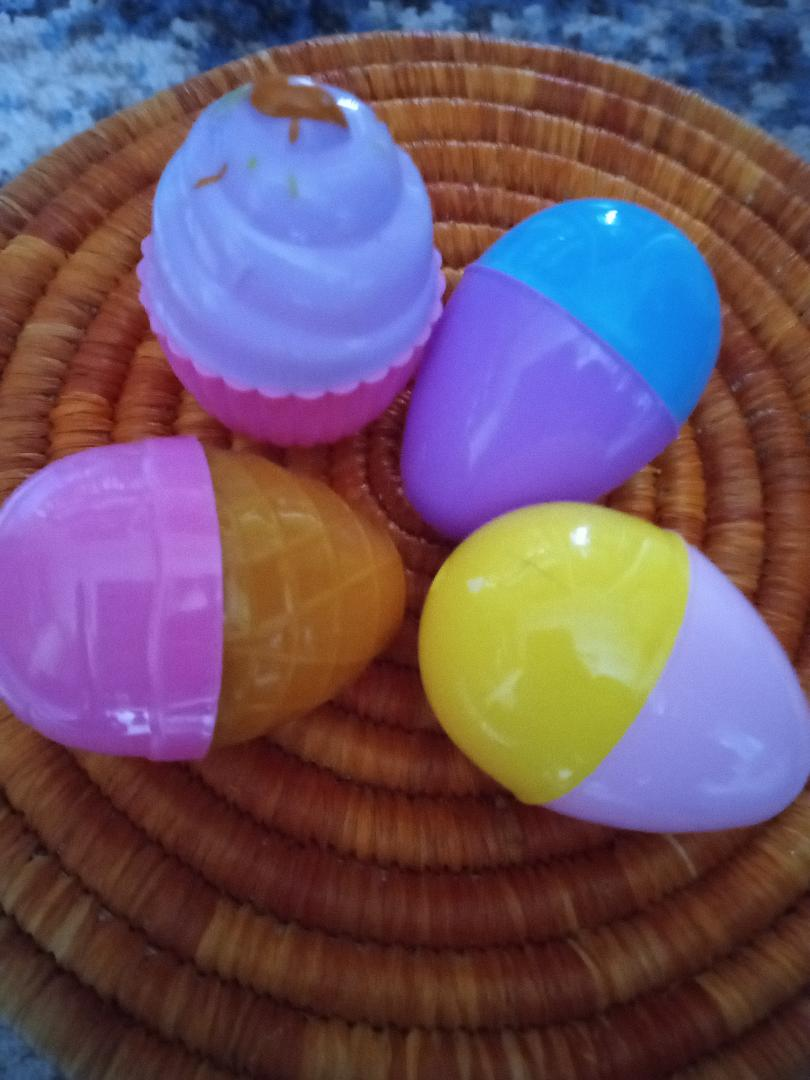Hello my dear friends! Teacher Omi (grama) here with some free early math lesson plans. These preschool activities cost nothing because they use materials you already have on-hand, whether you homeschool or teach in a school classroom. Today's math lesson plans come right out of the toybox or in a preschool classroom, the practical life learning center (called the house area in a Montessori set-up). Use them to teach early math skills like sorting, classifying, organizing, patterns and sequencing.
Setting the table. I love this early math lesson plan for it's nod to nostalgia. When I was young, we learned in a little girl's club I was part of, how to properly set a table, using real dishes, utensils and table linens. That might not seem like a math lesson, or even very important to know. But it's kinda gestalt in that the whole was greater than the sum of the parts. For one thing, it was relaxing and therapeutic, especially for kids (like me) with a high need for orderliness. Now we might be called OCD or even autistic. Then we were just called organized.
And there was a lot of emphasis on organizing back then which I see less of, today. And this is where the early math and even science and STEM comes in. All these disciplines rely on sorting, sequencing, organizing, classifying, arranging, method and order. There's nothing haphazard about math and science. And the earlier children learn how to do these things, the easier higher math and science will be.
So how would you use the practical life or house learning center for early math lesson plans? Well, in those learning centers there's always a kitchen set of some kind, with play food and dishes. Teach children to set the table by showing where each item goes. You can get free printable placemats to help with arrangement.
Early math lesson plans with play food. There are a multitude of ways to use play food in math lesson plans, particularly the kind which is separated into pieces. Have students disassemble food into pieces and then match up again. Encourage them to talk about what they are doing. You might even make it into a memory game. This teaches fine motor skills, eye hand coordination, matching, sorting and verbal skills.
You can also teach math and science skills by grouping foods according to color, shape, food group, plant part, etc. These preschool activities help children learn about plant science, nutrition, categorizing and noticing details.
You might have students arrange food on the printable placemat templates to make complete meals. MyPlate has a large section of free printable nutrition lesson plans to teach about food groups, healthy eating, meal planning and much more.
After children have explored these concepts, end with a tasting party! My grandson Emmett likes to taste the play food LOL. So we get out the real foods and sample them. And my personal favorite place to start is with fruits and vegetables. So much color, texture and nutritional goodness. Try making a rainbow fruit and veggie plate.



